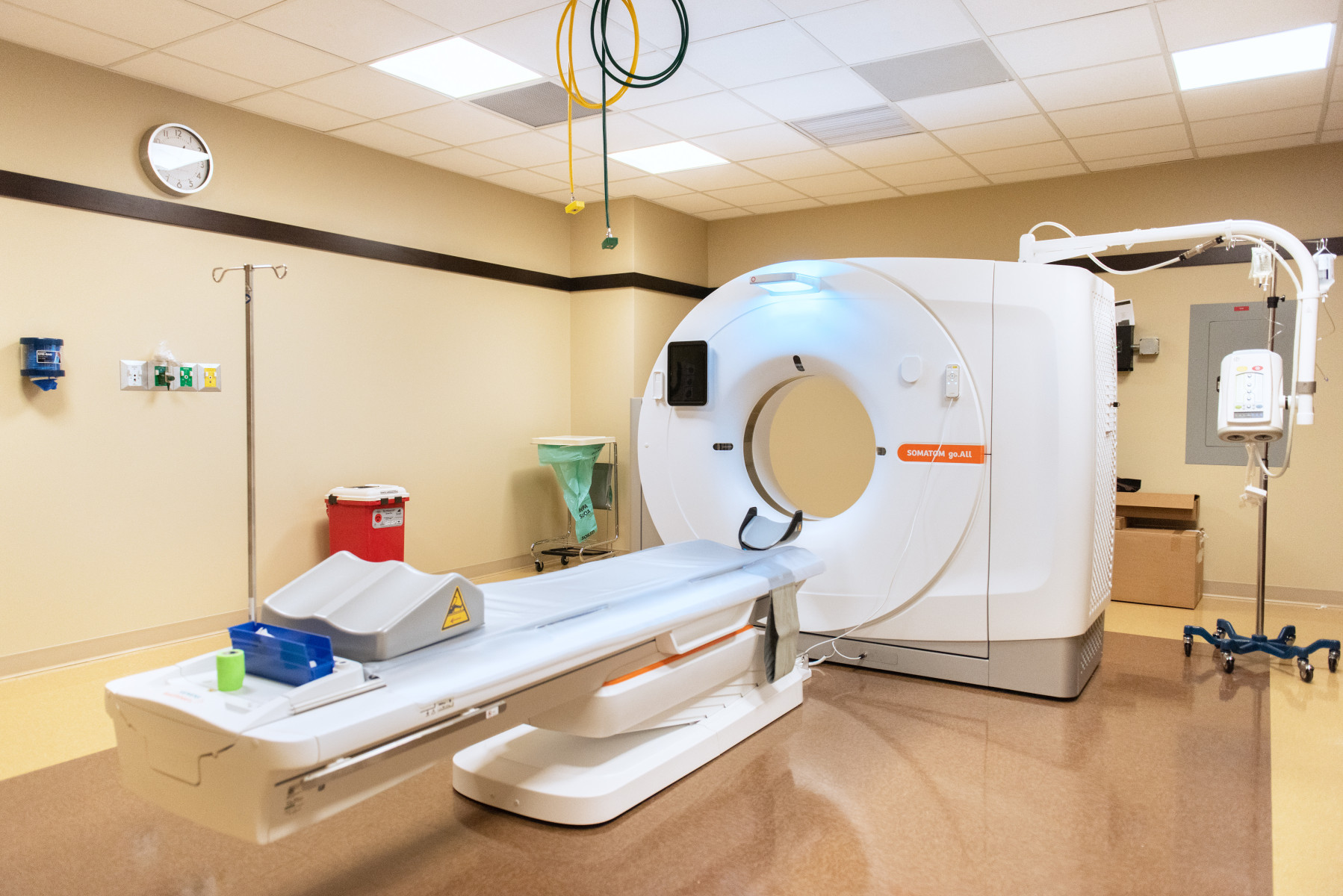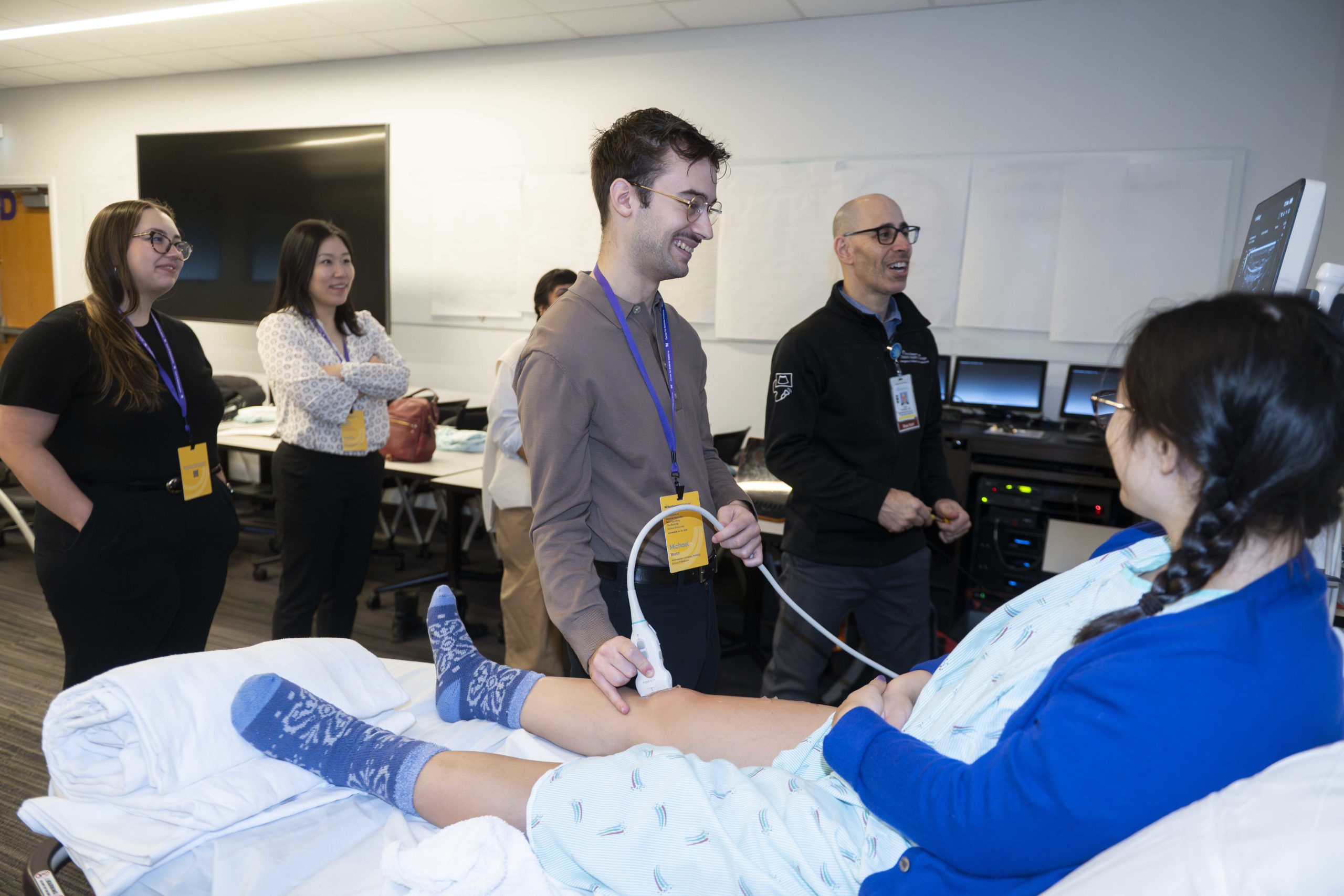
Northwestern Medicine scientists have developed a more accurate and standardized approach to interpreting a common test used to evaluate esophageal motor disorders, according to a study published in Gastroenterology.
A timed barium esophagram (TBE) is a specialized X-ray test used to evaluate the function of the esophagus in individuals who have trouble swallowing.
Historically, barium esophagrams have depended on subjective assessments—such as how quickly a swallowed barium solution moves through the esophagus on X-ray, or whether a swallowed tablet gets stuck. To address the lack of standardization in these evaluations, the timed barium esophagram protocol was introduced.
While this approach improves consistency, it still has limitations. Relying solely on a single measure—like the height of the retained barium column—may reduce the accuracy of diagnosing esophageal motility disorders, said Dustin Carlson, MD, ‘15 MS, ‘12 GME, assistant professor of Medicine in the Division of Gastroenterology and Hepatology, the senior author of the study.
“An accurate diagnosis can lead to important decisions when it comes to targeted treatment options,” Carlson said. “Some treatments for specific esophageal disorders are invasive, so we want to be sure of the diagnosis.”
In the current study, 290 adult patients with esophageal motility disorders underwent TBE testing, as well as esophageal manometry, which measures the coordination and strength of esophageal muscles during swallowing, and functional lumen imaging probe (FLIP) panometry, which measures the diameter of the esophagus and helps complement manometry to diagnose esophageal motility disorders.
Next, Carlson and his collaborators developed a three-tiered classification model that incorporated multiple data points, including maximum esophageal body width and swallowed tablet passage status. They used the new diagnostic model to diagnose achalasia, a specific and important esophageal motility disorder in which the muscles of the esophagus don’t function properly to allow food to enter the stomach.
This model outperformed traditional diagnostic methods, according to the findings. While the conventional approach achieved an accuracy of 82.2 percent, the classification model reached 88.3 percent, with higher sensitivity (84.2 percent) and specificity (92.1 percent).
This new approach could lead to more accurate diagnoses for patients suffering from esophageal motility disorders, ultimately improving treatment outcomes and quality of life.
“By incorporating these multiple metrics on the standardized, time-barium esophagram protocol, we found we could provide an improved approach to diagnose achalasia compared with other approaches that just used column height or barium tablet,” Carlson said.
Moving forward, Carlson and his collaborators will continue to improve diagnostic methods for esophageal motility disorders, he said.
“We recognize that with motility disorders, there’s not a perfect gold standard. There can sometimes still be uncertainty when we apply a single test,” Carlson said. “Our next step is to better determine at what point the best diagnosis can be made. For example, when do we need multiple esophageal motility tests and when can we reach a reliable and accurate diagnosis with one or two of them? Ultimately, we’re focused on continuing to improve and develop accurate diagnostic models that can be implemented for broad use at other centers.”
The study was supported by grants P01 DK117824 and R01 DK137775 from the U.S. Public Health Service.






